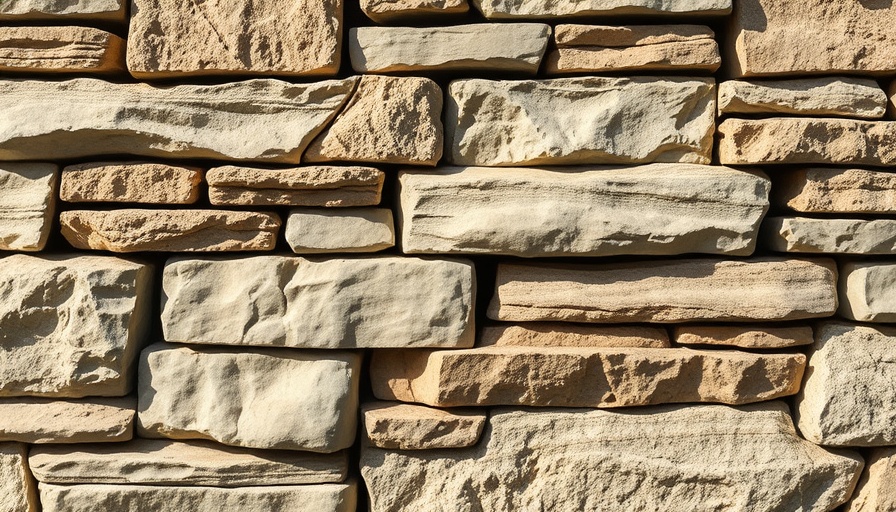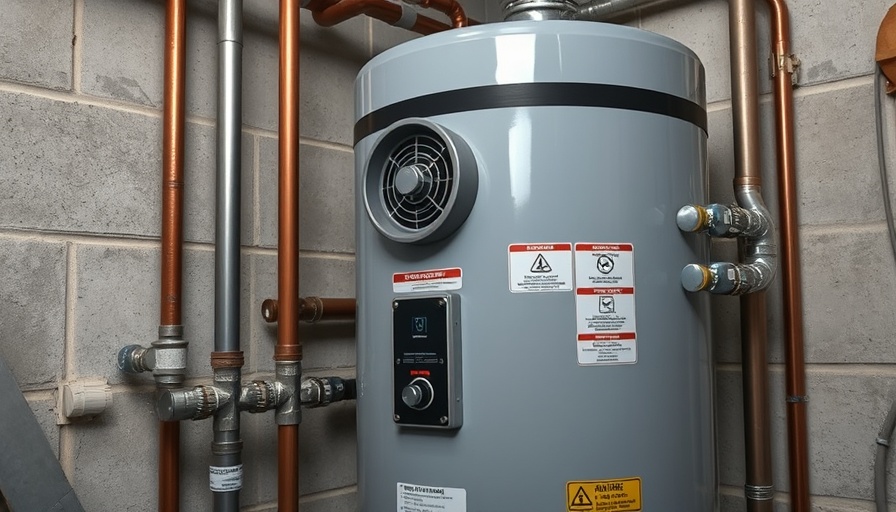
Understanding the Role of Stone Veneer in Modern Construction
Stone veneer has become a popular choice in contemporary architecture, offering aesthetic appeal and durability. However, its installation requires careful consideration of drainage systems and water-resistive barriers (WRB). Without a proper drainage plane, the underlying structure can suffer water damage, leading to costly repairs.
The Importance of a Drainage Plane
A drainage plane is essential when installing stone veneer. This layer facilitates water movement away from the building envelope, preventing moisture from accumulating behind the veneer. If moisture gets trapped, it can lead to mold, rot, and structural damage. It’s vital to incorporate a reliable drainage plane—typically made from materials like asphalt, felt paper, or synthetic membranes—into the construction plan.
Water-Resistive Barriers and Their Significance
WRBs act as protective layers against water intrusion in conjunction with drainage planes. They are designed to prevent moisture from penetrating the interior while allowing any trapped moisture to escape. Integrating an effective WRB alongside a proper drainage plane is crucial in preserving the integrity of the building.
Common Pitfalls in Installation
Despite the importance of both drainage planes and WRBs, many builders overlook their correct installation. Misalignment or improper sealing can compromise the building's defenses against water infiltration. For builders and architects, understanding the nuanced relationship between stone veneer, drainage planes, and WRBs is essential for achieving not only aesthetic but also functional objectives.
Expert Insights: Best Practices for Implementation
Industry experts recommend undertaking thorough inspections at each stage of the installation process. Utilizing high-quality materials, ensuring precise alignment, and establishing clear protocols for installation can drastically improve the longevity of stone veneer features in a given project. Collaboration among contractors, architects, and engineers is vital to maintaining best practices and minimizing risks.
Looking Ahead: The Future of Stone Veneer Applications
As construction technologies evolve, the integration of advanced waterproofing systems and sustainable materials is becoming more prevalent. The increased focus on energy efficiency and environmental impact means that stone veneer applications will continue to adapt, incorporating innovative solutions that enhance their resilience and performance.
Conclusion: Prioritizing Design and Functionality
The balance between aesthetics and functionality cannot be overstated in stone veneer applications. By prioritizing effective drainage planes and water-resistive barriers, architects and builders can ensure their projects remain beautiful and, more importantly, structurally sound, even in the face of fluctuating weather conditions.
 Add Row
Add Row  Add
Add 






Write A Comment